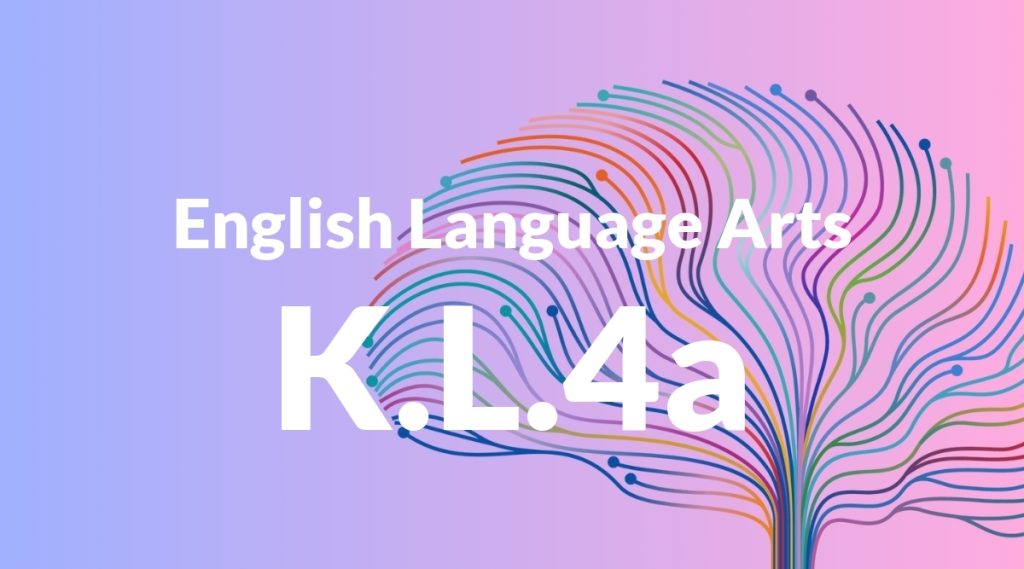Standard: K.L.4a – Identify new meanings for familiar words and apply them accurately (e.g., knowing duck is a bird and learning the verb to duck).
Grade level: Kindergarten
Subject: English Language Arts
Domain: Language
Teacher Overview
This standard focuses on helping students recognize that some words have multiple meanings and use them correctly in different contexts. This skill is crucial for developing vocabulary and comprehension, as it allows students to understand and convey more complex ideas. Students should be familiar with common words and their primary meanings, and should be able to recognize and name familiar objects and actions.
After mastering this standard, students will be able to use context to determine the meaning of unfamiliar words and phrases, which will enhance their vocabulary and reading comprehension skills.
Common Misconception 1
Some students may believe that a word can only have one meaning. This misconception arises from their early experiences with language, where words are often taught in isolation.
Intervention 1
To address this, use visual aids and context-rich sentences to illustrate how words can have different meanings in different situations. For example, show pictures of a duck (the bird) and someone ducking (the action).
Common Misconception 2
Students may confuse words that sound similar but have different meanings, such as ‘bark’ (the sound a dog makes) and ‘bark’ (the outer layer of a tree).
Intervention 2
Engage students in activities that emphasize the context and usage of homophones and homonyms. Create matching games or sentence completion exercises that highlight the different meanings.
Prerequisite Knowledge
Students should have a basic understanding of common words and their primary meanings, as well as the ability to recognize and name familiar objects and actions.
Subsequent Knowledge
Students will develop the ability to use context to determine the meaning of unfamiliar words and phrases, enhancing their vocabulary and reading comprehension skills.
Instructional Activities
- Read a story and identify words with multiple meanings
- Create a picture dictionary with illustrations of different meanings of the same word
- Play a matching game where students pair words with their different meanings
- Write simple sentences using words with multiple meanings in different contexts
- Role-play scenarios where students act out different meanings of the same word




